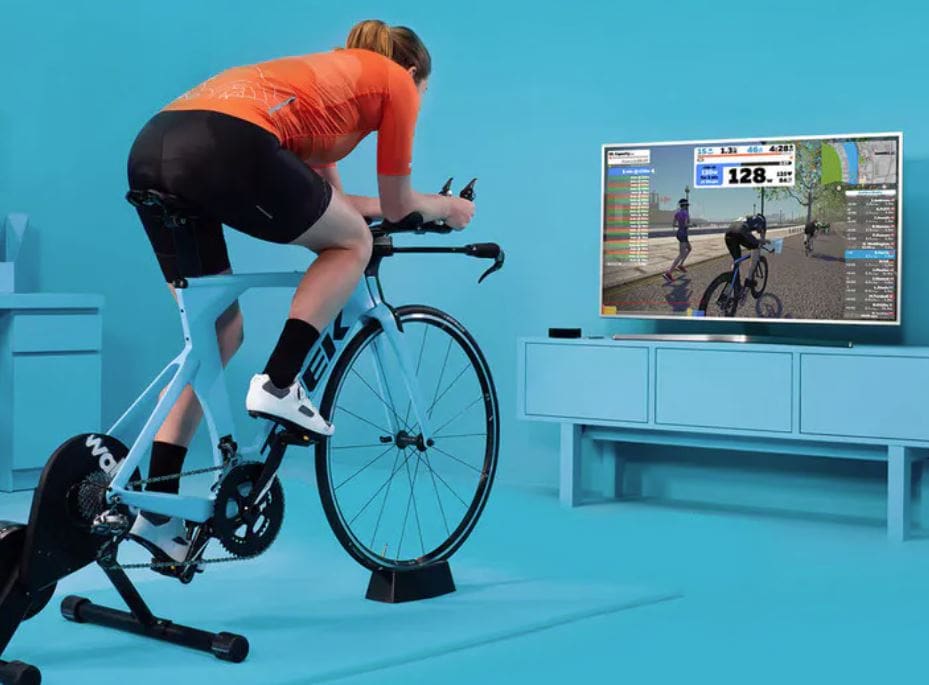Zwift, Now Valued at Over $1.37 Billion, Developing Its Own Trainer

Zwift, a 350-person, Long Beach, California-based online fitness platform that immerses cyclists and runners in 3D-generated worlds, just raised a hefty US$450 million (A$616 million) in funding led by the investment firm KKR in exchange for a minority stake in its business.
Permira, the Amazon Alexa Fund and Specialized Bicycle’s venture capital fund, Zone 5 Ventures, also joined the round, alongside earlier backers Highland Europe, Novator, Causeway Media and True, which is a Europe-based consumer specialist firm.
Zwift has now raised US$620 million (A$849 million) altogether and is valued at north of US$1 billion (A$1.37 billion).
Right now, Zwift just makes an app, albeit a popular one.
Since its 2015 founding, 2.5 million people have signed up to enter a world that, as Outside magazine once described it, is “part social-media platform, part personal trainer, part computer game.” That particular combination makes Zwift’s app appealing to both recreational riders and pros looking to train no matter the conditions outside.
Zwift charges $15 per month for its service — but it seemingly has a loyal base of users. For example, 117,000 of them competed in a virtual version of the Tour de France that Zwift hosted in July after it was chosen by the official race organizer of the real tour as its partner on the event.
Which leads us back to this giant round and what it will be used for. Today, in order to use the app, Zwift’s biking adherents need to buy their own smart trainers, made by brands like Elite and Wahoo. Meanwhile, runners use Zwift’s app with their own treadmills.
Now, Zwift is jumping headfirst into the hardware business itself. Though a spokesman for the company said it can’t discuss any particulars — ‘It takes time to develop hardware properly, and COVID has placed increased pressure on production’ — it is hoping to bring its first product to market ‘as soon as possible.’
He added that the hardware will make Zwift a “more immersive and seamless experience for users.”
This article was first published in Tech Crunch (USA)
